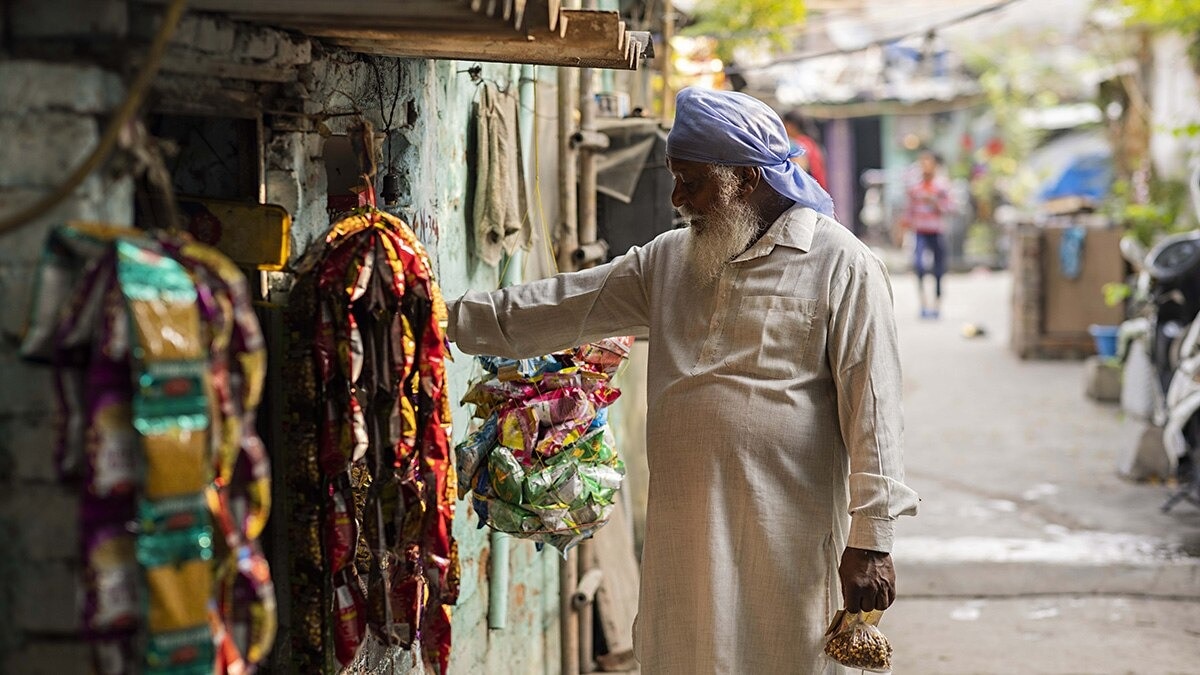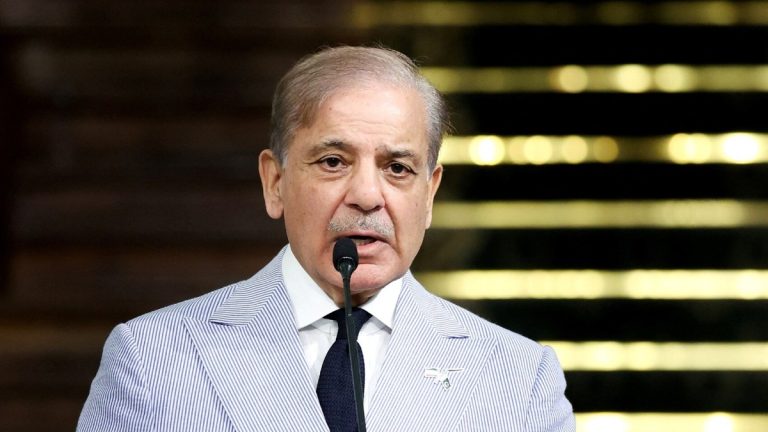India has recorded a sharp decline in poverty over the last decade, the World Bank stated this in its latest report “Poverty & Equity Brief,” showing that extreme poverty fell to 2.3% in 2022–23, down from 16.2% in 2011–12. This marks a dramatic shift, with 171 million people lifted above the international poverty line of $2.15 per day.
At the same time, poverty as measured by the lower-middle-income line of $3.65 per day dropped from 61.8% to 28.1%, resulting in 378 million people moving out of poverty. India’s transition to a lower-middle-income country has been accompanied by significant gains across rural and urban areas alike.
The report highlighted that 171 million people have been lifted out of extreme poverty, and 378 million have moved above the broader poverty line during this period.
Rural-urban gap narrows
The urban-rural divide also narrowed. Extreme poverty in rural areas dropped from 18.4% to 2.8%, while urban poverty declined from 10.7% to 1.1%, narrowing the rural-urban gap from 7.7 percentage points to just 1.7. Broader poverty under the $3.65 line shows a similar trend, with rural poverty down from 69% to 32.5%, and urban poverty from 43.5% to 17.2%.
Five major states — Uttar Pradesh, Maharashtra, Bihar, West Bengal, and Madhya Pradesh — accounted for 65% of India’s extreme poor in 2011–12 and were responsible for two-thirds of the national decline in extreme poverty. As of 2022–23, these states still accounted for 54% of India’s extremely poor population.
Employment
One of the most significant developments flagged in the report is employment growth surpassing the expansion of India’s working-age population since 2021–22. Urban unemployment declined to 6.6% in Q1 FY24/25, the lowest since 2017–18. Female employment also showed encouraging signs, particularly in rural agriculture, even as gender disparities remain—with 234 million more men than women in paid work.
Despite these gains, challenges persist. Youth unemployment stands at 13.3%, rising sharply to 29% among college-educated youth. Formal employment remains limited, with only 23% of non-farm paid jobs being formal. Informality continues to dominate the agricultural sector, while self-employment is increasing, particularly among rural workers and women.
Despite a rise in female labor force participation to 31%, gender disparities remain stark, with 234 million more men than women in paid employment.
Multidimensional poverty
India has also made significant strides in reducing multidimensional poverty, which takes into account access to education, health, and basic services. The Multidimensional Poverty Measure (MPM) fell to 15.5% in 2022–23, down from 53.8% in 2005–06. Still, 29.9% of the population lacks access to limited-standard sanitation, and 13.8% of adults have not completed primary education.
Other indicators include:
Only 1% of the population lacks access to electricity
11.2% lack access to improved drinking water sources
14.9% poverty rate among those with tertiary education versus 35.1% among those without formal education
Inequality remains
On consumption inequality, the Gini index improved slightly from 28.8 to 25.5 between 2011–12 and 2022–23. However, income inequality remains severe. Data from the World Inequality Database shows India’s income Gini index rising from 52 in 2004 to 62 in 2023. In 2023–24, the top 10% earned 13 times more than the bottom 10%.
Revised thresholds to affect future estimates
The World Bank cautions that poverty estimates may change with updated poverty lines. If the extreme poverty line is revised to $3.00/day and the lower-middle-income line to $4.20/day, India’s 2022–23 poverty rates would be adjusted to 5.3% and 23.9%, respectively.
While these gains are notable, the World Bank underlines the importance of continued improvements in education, sanitation, and formal employment for sustaining poverty reduction.
The World Bank also noted a decline in multidimensional poverty, with its internal measure pegging the rate at 15.5% in 2022–23, down from 53.8% in 2005–06. These measures account not just for income but also for deprivation in education, sanitation, drinking water, and electricity access.





